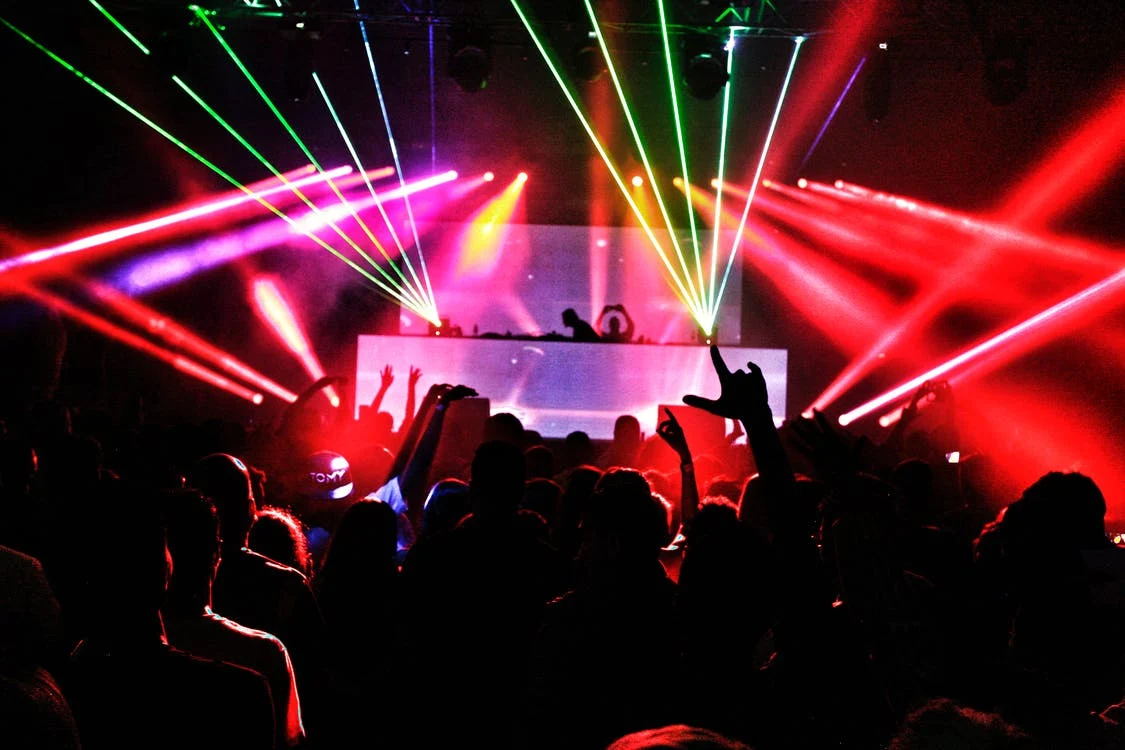
With every event we set up, a lot of planning is required. The sheer number of stage and sound equipment we may require is enough to threaten even the most well-thought-out plans. However, there are always ways to work through the difficulties. So, let’s see how with tips and rules for stage and sound equipment rental.
1. Start with a plan
The first thing you’ll need is a comprehensive plan for whatever you are trying to do. We get extra options for the setup for every square foot of free space. The plan for the setup should also orient around the type of event we are doing.
As you may assume, a lot of the concerns about the required equipment will depend on what we are trying to achieve. If we need some great sound coverage across a decently wide stage, our focus will be on speakers. Encompassing the area with ample sound equipment is the only way to achieve proper sound coverage, so don’t be surprised if a lot of cash goes towards renting speakers.
With stage requirements, it won’t be as harrowing. Because sound equipment already accounts for a decent part of the stage, the rest of it will usually be used for standard utilities and space for the performers.
However, we may end up lacking in space. To compensate for that, we should take extra time preparing and planning. If we fail to do so, the items we rent may be too big to fit on a stage comfortably. Which is something we should strive to do in order to keep the whole set better organized.
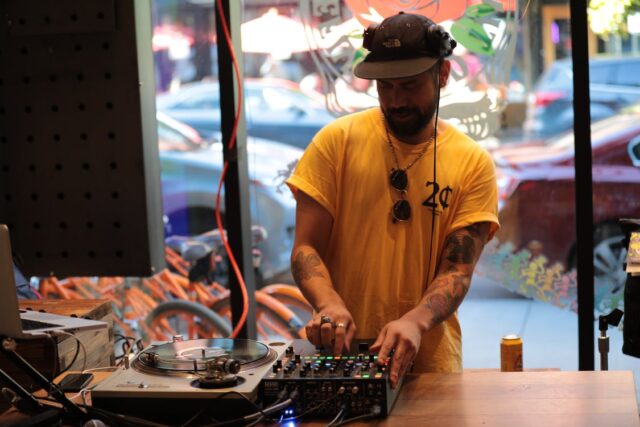
2. Rent multi-purpose equipment
To support our management of the stage and cut down on costs, we should look into equipment that has multiple applications. This is most easily done with lights.
Lights we get for any stage will usually serve multiple purposes. One being the standard act of illuminating the stage and the second being more on the atmospheric side. While these types of lights can be entirely different items, it’s possible to cover both purposes with a single light. Using these with proper spacing can result in both good illumination and a great atmosphere.
The same thing can go for some other equipment. For example, finding ways to apply other bits and pieces of our stage equipment for different purposes. A purpose can be as simple as utilizing items as holders for others or even sharing a jack for certain equipment.
This ties back into planning. We can reduce space used by certain installments simply by making them cooperate with others. Keeping all of this in mind, it’s possible to not only save on space but expand the possibilities of your plan due to the change in components.
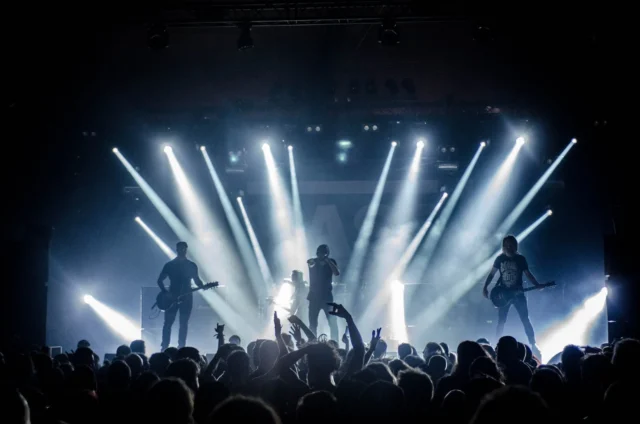
3. Keep in mind what you need
At times it can be difficult to discern what type of items we require. In this situation, it’s best to take a look around the current equipment. Spot where everything will go and its purpose. Once that has been done, you’ll hopefully have a much clearer idea of the missing pieces.
After identifying what you need, getting it is much easier. The process can be as simple as getting a few calls in. Places such as Cosmo Pro offer a great service for reasonable prices, providing you with all sorts of stage and sound equipment. You can check the slew of available items they have present or consult with Cosmo Pro on the entire event production if it just isn’t working out. Regardless, it will ease up the rest of the organizational process.
To get back to the point, stay wary of what you need. This way, you are much less likely to end up in an awkward position where mere hours before the event, you end up lacking a key component.
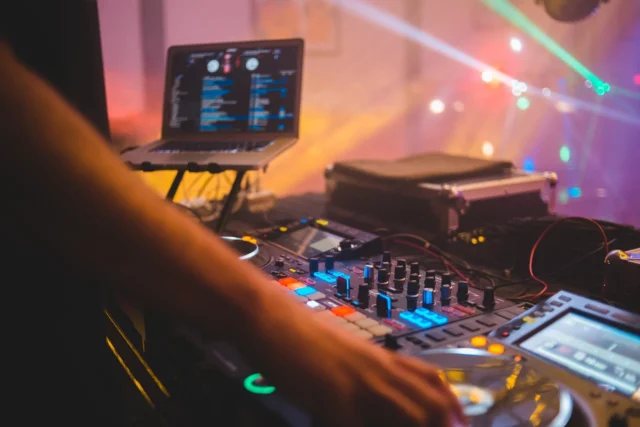
4. Avoid damage to equipment
A lot of extra costs for rentals like this stem from the fact that somebody damaged parts of the equipment. The compensation will usually be way pricier than one would expect.
Because of that, the avoidance of any potential extra costs. Not having to pay these can heavily impact the quality of the overall experience.
Bearing smaller costs will result in much less stress about the budget. Keeping the items secured will, in turn, allow us to engage with the setup in a much less stressful way. The repercussions may not only come in the form of extra cash we pay but that’s definitely one of the most effective factors.
Hiring people who know what they are doing with the equipment is the safest way to avoid a lot of the excess damage. While dents and cuts are expected part of the setup process, especially if we have a ton of items present, more serious issues like damaging the item’s functionality will be mitigated.
Sometimes, hiring extra help or more professional stage workers may cost us a bit.
However, the price will be justified by the extra effectiveness and fewer damage costs.
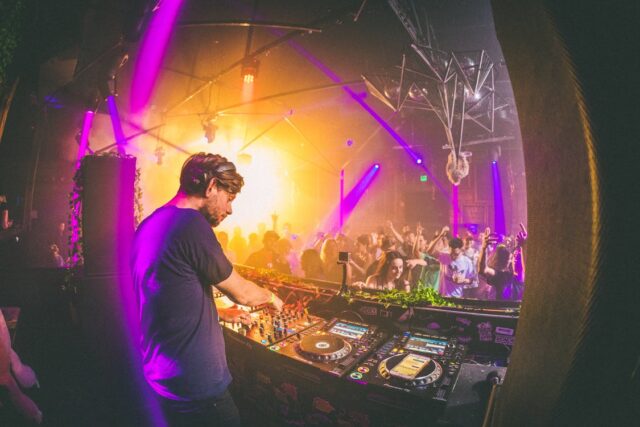
5. Wrap up and move out
Eventually, when the whole show has passed, we will need to clear stuff out. There is no reason to drop our standards for the safety of items here. The better the condition of the items, the higher the chance we won’t have to bother with any excess costs. Sometimes, the place we are setting the event in may choose to do the setup process themselves, which means far less worry for us.
If we are supposed to return items ourselves, make sure to wrap them up properly before moving them. Doing so will provide us with a bit more reassurance and lessen the risks further. It’s not recommended to haphazardly move rented items, especially if they are on the pricier side.
In case the renting business gives the option for setup and takedown, it’s probably safer to take it in most cases. The price will often be negligible for the amount of stress we’d otherwise suffer. Hiring other services to do so is also a neat option if the certainty of safety is required.









